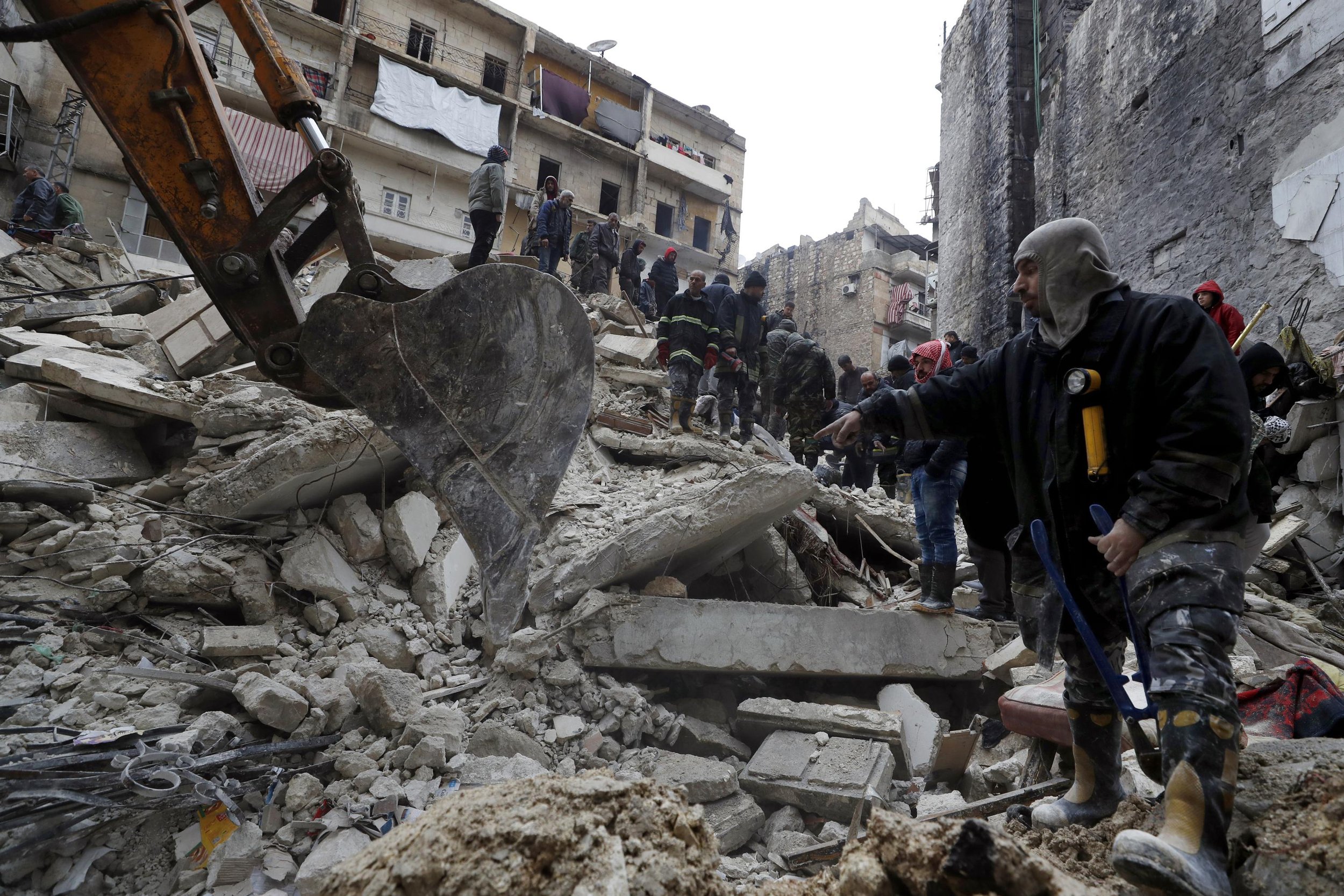
The Turkey-Syria earthquake
An overview of the 6 February earthquake and its impact on northwest Syria
Feruary 2023
Introduction
The 6 February earthquake, its aftershocks, and its trans-border aftermath constitute a generational tectonic event with unimaginable impact atop a prolonged crisis. The confluence of these factors has exposed not only the complexities of a contextual stalemate but also the inherent systemic weaknesses: supply chain bottlenecks, splintered coordination mechanisms, strained resources, and the competition between political differences and altruistic rescue and response efforts. Given these weaknesses, the emergency response in northwest Syria has been characterized by many – most markedly local actors such as the Syrian Civil Defense – as slow, ineffective, under-resourced, and poorly implemented.
“We have so far failed the people in north-west Syria. They rightly feel abandoned. Looking for international help that hasn’t arrived. My duty and our obligation is to correct this failure as fast as we can. That’s my focus now.”
- Under-Secretary-General for Humanitarian Affairs and Emergency Relief Coordinator, Martin Griffiths
This situation report provides a preliminary overview of a week of events that transpired after the 6 February earthquake. Epicentered in southern Turkey, the quake has devastated Turkish and Syrian communities, overwhelming local response, coordination, and governance actors. In Syria, the earthquake has left 5,791 dead, 10,041 injured, and 11,000 families homeless or seeking shelter. Though speculative, the death count is likely to sharply rise in northwest Syria as debris is removed, piece by piece.
With a primary focus on opposition-held northwest Syria, this report assesses the weaknesses in administrative and military structures, stemming from a multitude of factors: the legacy of cross-border UN Security Council resolutions; poor coordination, and lack of capacity at the local, regional, and international levels; and the influence, interference, and control of 4.5 million individuals in northwest Syria by at least five governing authorities (SSG, SIG, Autonomous Administration, Syrian government and Turkey), six armed actor umbrellas and militaries (HTS, SNA, SDF, Syrian government, Russia and Turkey), and numerous international actors, including multilateral institutions and response organizations, as well as regional and international stakeholders.
Ultimately, this report argues that the inherent systemic weaknesses have contributed to the current status of the earthquake response, but will have lasting effects underpinned by increased resource competition, distrust and lack of confidence between actors, duty bearers, and the international community, and potential opportunistic shifts in (geo-)political bargaining specifically related to the future of northwest Syria.
Finally, the report concludes by offering potential perspectives in the utilization of existing data sets for identifying and prioritizing resource allocation and response activities, in the absence of robust, complete datasets. While nowhere near perfect, response actors must think creatively when considering the array – and lack thereof – of evidence for emergency and short-term earthquake response activities.
As an addendum in a separate report PDF, the HAT has published ten urban profiles for select cities throughout northwest Syria. Each mini-profile contains remote-sensed damage assessments and night light reflectance (NLR) that compares average NLR for January 2023 with NRL for February 7th and February 12th. The ten cities were selected based on a balance along three parameters: Syrian Salvation Government (SSG) and Syrian Interim Government control, Assistance Coordination Unit reporting on destruction, and vital market and commercial hubs as per REACH’s September 2021 market network assessment

